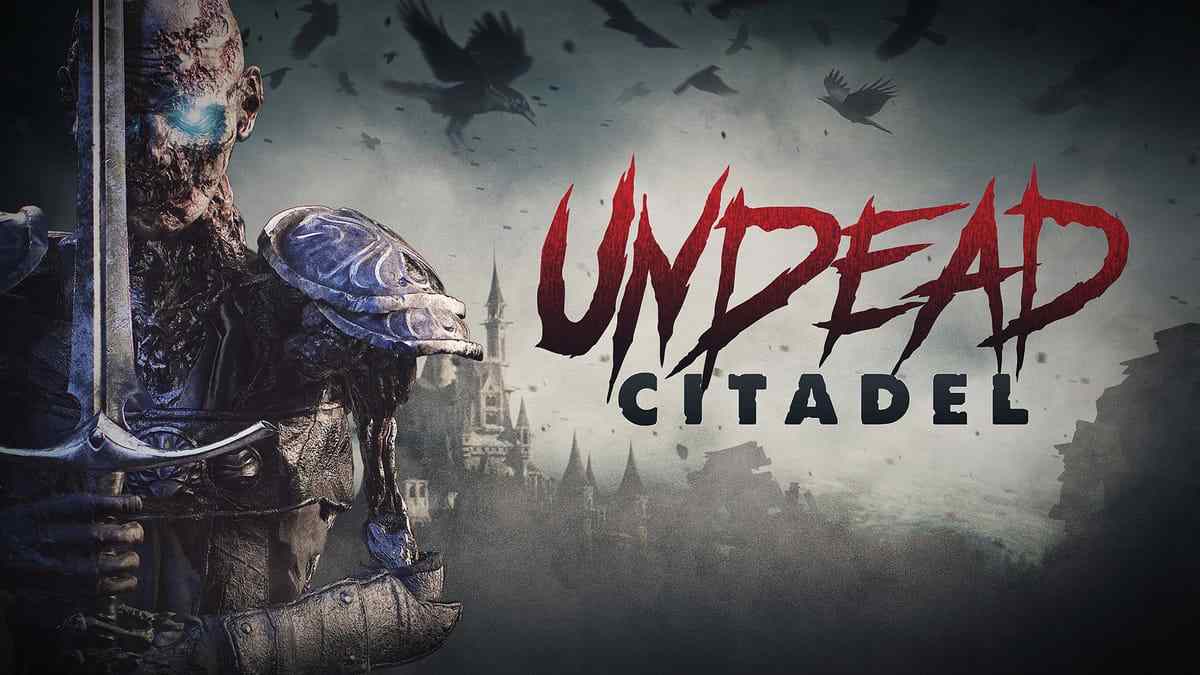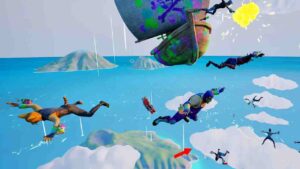Undead Citadel has been circling the VR scene for years, first teased when room-scale swordplay was still new territory. Now it’s finally making its way to PlayStation VR2, with a confirmed release set for late July. The game blends first-person melee, light survival elements, and physics-based combat in a grim medieval world full of the undead.
This isn’t some slow, methodical sword sim. Undead Citadel leans into speed and power, throwing you into tight corridors and fast ambushes where reaction time and brutal swings are the difference between surviving or getting overwhelmed.
Release timing and PSVR2 specifics
The game drops on July 25 for PSVR2, after previously launching on PC VR. The PS5 version is designed to make use of Sony’s headset features, including headset haptics and adaptive triggers. That’s notable here, since a big part of the game’s design centers around how weapons feel when they connect, block, or shatter objects.
The developers have confirmed performance targets aimed at 90fps with foveated rendering to hold visual fidelity. This should matter in a game where clarity and reaction speed are key. No word on cross-platform save support, but the version appears content-complete compared to PC.
Combat focuses on weight and momentum
At its core, Undead Citadel is about physics-first melee. Swords, axes, maces they don’t just swing. They carry momentum, bounce off armor, and respond to how hard you hit. You can break weapons, block with your shield, or throw objects around the map. It’s messy, fast, and favors aggression over finesse.
Combat here isn’t purely realistic. It’s tuned to feel visceral and immediate, with exaggerated feedback and quick kill potential. The pace is closer to something like Until You Fall than a sandbox sim like Blade & Sorcery, though with less neon and more grime.
Campaign mode and arena battles offer structure
The full release includes a single-player campaign with story progression, character upgrades, and environmental variety. Expect dungeon corridors, ruined castles, and a mix of traps and ambushes that encourage quick decision-making. There are puzzles too, but they’re mostly simple breaks between action segments.
Outside the story, there’s an arena mode with wave-based survival. This mode exists mostly for score chasing and trying out weapon combos. It doesn’t redefine anything, but it helps stretch the mechanics for players who want more than just the campaign.
Visuals aim for stylized grit, not realism
The art direction avoids realism and goes for heavy stylization instead. Think chunky textures, exaggerated undead designs, and environments that favor mood over detail. It’s a smart call for performance and clarity, especially on a headset like PSVR2 where visual noise can break immersion fast.
Lighting effects and particle work are used to add atmosphere without pushing the system to its limits. The game still looks clean and aggressive, but it’s not going for photo-real shadows or cinematic polish. That matches the tone and speed of the gameplay well.
A late arrival that still has space to land
Undead Citadel took its time, and it shows in the way it doubles down on its core idea fast, reactive melee with undead pressure and heavy VR feedback. It’s not riding the trend of ultra-modular sandbox combat or going for multiplayer reach. It just wants to do one thing right: make every hit count, and make every fight feel like a sprint.
With its upcoming PSVR2 launch, it finally gets a chance to connect with players who missed the PC version or were waiting for a more curated headset experience. Whether it finds a foothold now will depend less on novelty and more on how well that physical combat loop holds up after the novelty wears off.
Beta Hunter & Brutally Honest Reviewer
He plays what others fear. BETATESTER-X dives into broken builds, awkward alphas, and early-access chaos so you don’t have to. No hype. No mercy. Just raw, first-hand feedback from the trenches of unfinished games.




